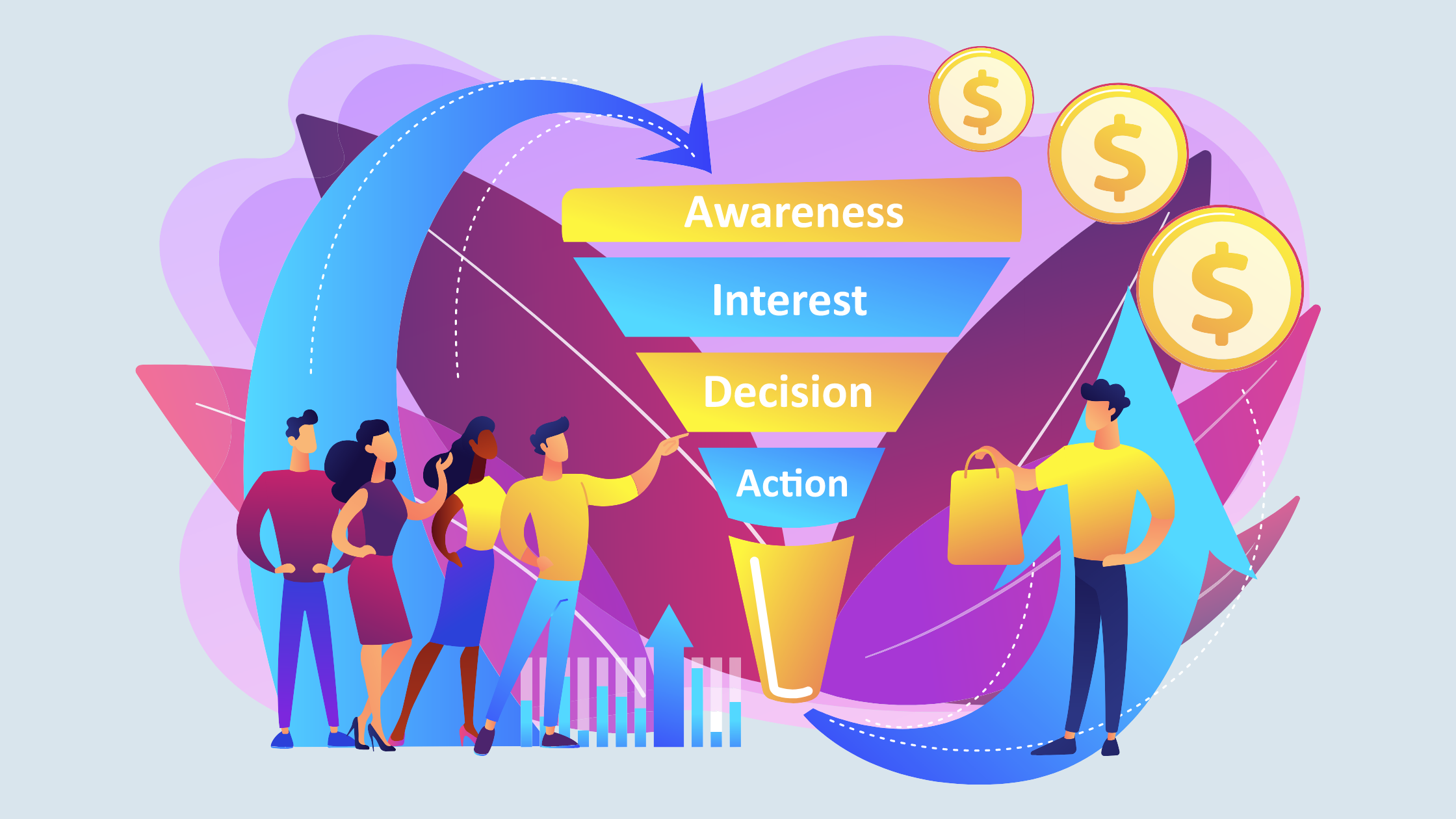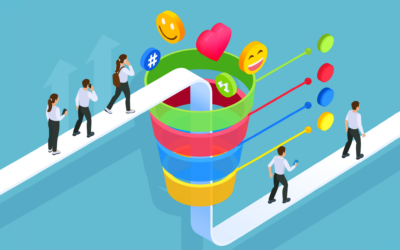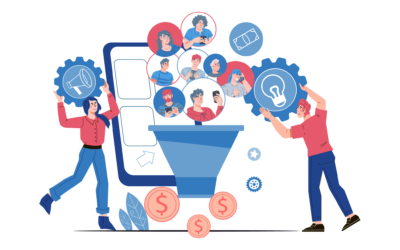What is a Sales Funnel?
An illustration of the consumer’s journey from the first interaction with your brand to becoming a paying customer is called a sales funnel. A sales funnel is a graphic portrayal of the customer journey, representing the sales process from perception to execution.
The funnel, often known as a marketing funnel or a revenue funnel, shows the idea that every sale starts with a huge number of potential consumers and concludes with a significantly fewer amount of individuals who ultimately make a purchase.
The precise number of steps in a sales funnel depends on the sales model used by each organization. Without gaps, well-designed sales funnels enable businesses to guide potential consumers through the purchasing process and toward successful transaction completion. On the reverse side, those funnels with holes will cause potential clients to abandon the sales process, similar to how liquid flows through a funnel.
Stages of Sales Funnel:
A sales funnel is broader at the top and narrower at the bottom. The funnel transfers the most qualified clients forward to the next stage while excluding those who don’t qualify for your offer.
Top of the funnel: luring visitors
Visitors now become aware of a previously unidentified requirement or issue that has to be resolved. After visitors come into contact with your business, they enter this stage of awareness.
It’s your job to teach them! Offer engaging information that can be accessible after submitting a form, such as data visualizations. The visitor moves up the sales funnel by providing information such as their name, email address, and profession.
Middle of the funnel: Turning leads into customers
Currently, Leads are the focus of our work. Even though they are unsure of how to achieve it, they are trying to meet their wants; this may be done by using a particular application or even by buying software. Your role is to provide them with advice and tricks.
Avoid trying to offer a solution at all costs; instead, focus on developing and qualifying leads to get them ready for the next stage of the sales process.
Bottom of the funnel: Opportunities for closure
MQLs (Marketing Qualified Leads) are leads who have completed every stage of the procedure and have been categorized by Marketing as being ready to be approached by a salesperson. They are the last group of leads we deal with at the bottom of the funnel.
The MQL is aware of its issue and has already concluded that it will require the assistance of a service. They already understand you as a market authority and a business partner they can rely on if you have followed the procedure correctly up to this point.
So now is the time to push things along a bit and prove that you are the ideal companion! The MQL will conclude the sales funnel by selecting the company they feel is the best alternative after making some comparisons with competing offerings and placing an order and becoming a customer. The post-sale stage is a fourth step that some businesses also include. Building new clients’ loyalty and converting them into brand promoters are the main objectives of this stage.
Reasons why you should have a sales funnel:
- Acquiring new leads:
New leads will eventually reach your business through a sales funnel with appropriate content. Naturally, the subsequent question is: What constitutes appropriate content? That depends on your company, your sector, and the kind of leads you’re trying to draw in. Consider your areas of expertise and the issue(s) you help customers with.
The content should benefit your intended audience and address a concern or issue that they may be experiencing. The most important thing is to get everyone’s email when giving them the data they want. So, these potential customers are now in your funnel, ready for nurturing and relationship-building.
- Emphasizing the ideal leads:
Although not all leads will ultimately result in sales, developing a sales funnel will enable you to choose which leads to pursue. Instead of wasting too much time on leads that will never convert, you can use your time and resources to work on sales leads that have potential.
One method to accomplish this is to include an introductory phone call or email survey for new leads. By doing this, you can learn more about your potential customers and identify those who are more committed to purchasing your goods or services.
- Ranking and categorizing your leads:
An online sales funnel can assist you in sorting, evaluating, and ranking your prospects. Leads vary greatly from one another.
For instance, being aware of who needs long-term nurturing and who needs quick attention will help you avoid missing any conversion-related opportunities. Others, of course, will just be a bad fit in general and shouldn’t take up too much of your time.
- Boosting your conversion rate:
Everybody wants to see a higher conversion rate of leads into potential customers. The key to converting more leads is to figure out your customers’ path to ultimate purchase. It’s important to consider your client’s needs, reach them where they are, and develop a connection based on trust to close the sale.
The majority of sectors have an average sales funnel conversion rate of around 3%. An objective should be at least 3 percent in the beginning. From there, you can always progress.
- Fostering relationships with leads and gaining their trust:
Not everyone will decide to buy from you quickly or even on the spot. Conversions depend on a sales funnel with several areas of contact spread out over a certain length of time.
The objective is to consistently share information with them that will inform and solidify your relationship with them over time until they are ultimately prepared to make a purchase. Consumers do business with trusted companies.
- Optimizing your marketing:
Have you ever felt overburdened by the possibilities for your marketing? A sales funnel allows you in maintaining your focus on the actions that need to be taken to generate leads and close deals.
Your marketing doesn’t necessarily need to be easier; it just has to be more successful. Additionally, you’ll encounter fewer missed opportunities.
Wrapping It Up:
We can conclude that the sales funnel is a fantastic resource to get to know the leads better and making it easier to create relevant and personalized content at each stage of the sales process now that we have discussed the value of the sales funnel for the company. Know that, while not all leads become customers, the more we foster them, the more inclined we are to develop business prospects.





